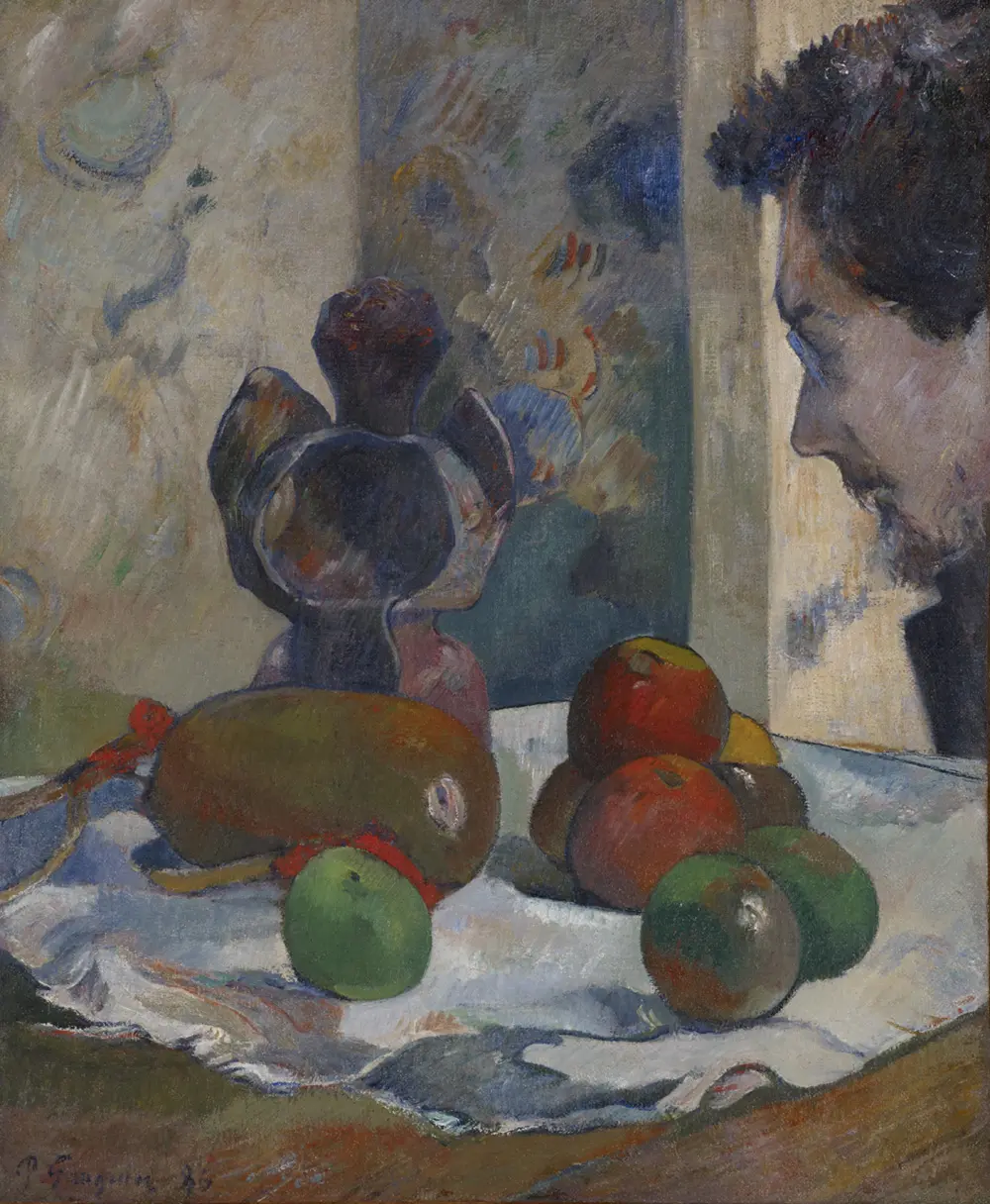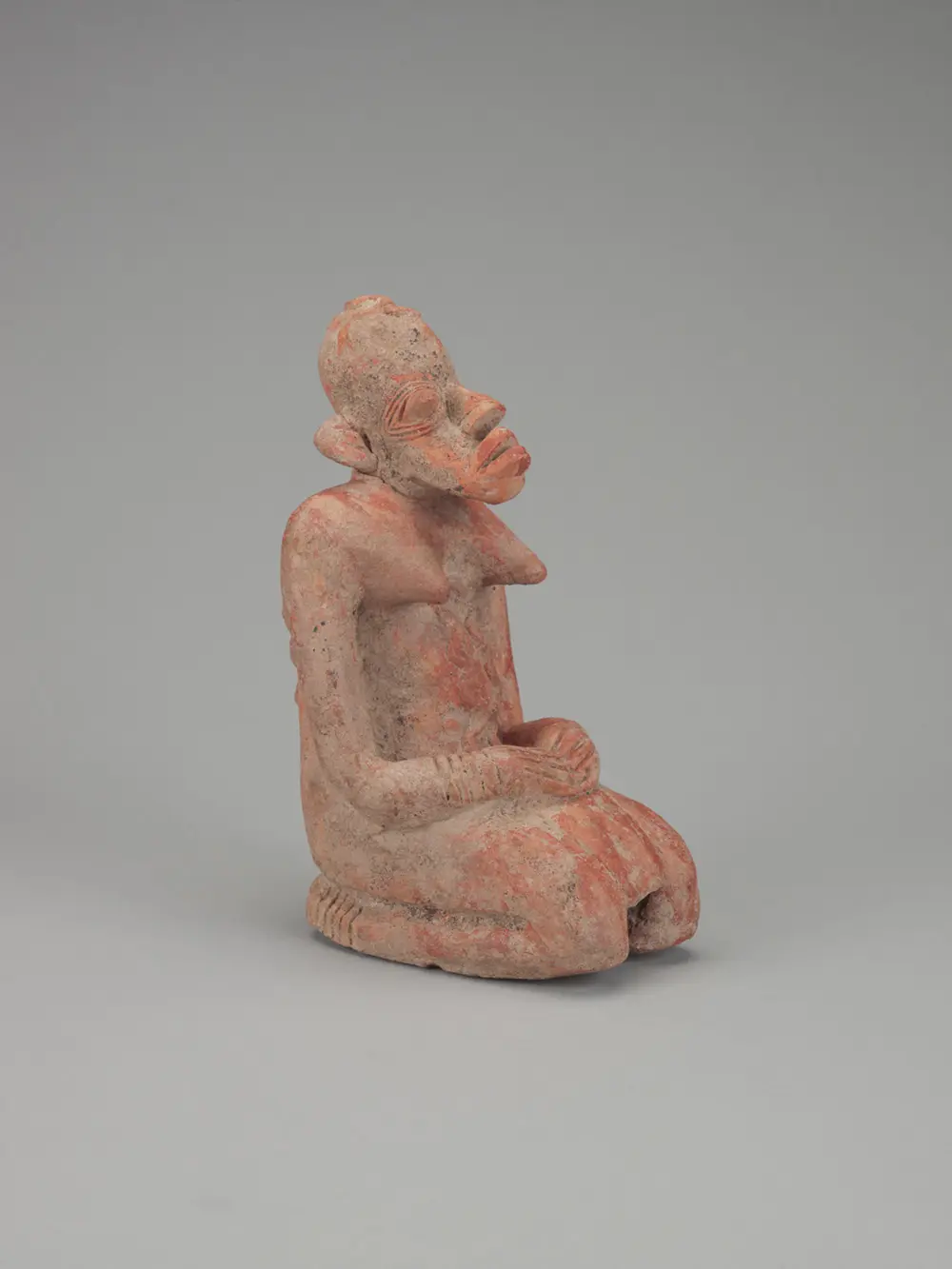Provenance Research
The urgency with which museums pursue provenance research – meaning research on the chain of ownership of works of art – has remained constant in recent years. Since 1997, both the Association of Art Museum Directors (AAMD), and the American Alliance of Museums (AAM) have urged American museums to reaffirm their commitment to a series of standards governing provenance research in order to guarantee that they have clear title to the works of art in their care. At the Indianapolis Museum of Art at Newfields, systematic provenance research began in 2003, with research results and new findings posted regularly on the individual art object pages. Beyond ascribing to legal standards for collection ownership, the museum is committed to utilizing provenance research to ensure the objects in the museum meet ethical and moral standards, as well as enshrining cultural authority to communities and countries of origin. Please select from a category below to learn about provenance research projects we’re currently undertaking.
How to read provenance citations
The Indianapolis Museum of Art at Newfields uses the format suggested by the American Alliance of Museums (AAM) as outlined in their publication, The AAM Guide to Provenance Research, Washington, D.C. 2001. The provenance section of each artwork uses this format:
- Provenance is listed in chronological order, beginning with the earliest date.
- “Probably” or “possibly” are designations used to identify uncertain information.
- Dealers or auction houses are enclosed in parentheses to distinguish them from private owners.
- When life dates of owners are known they are enclosed in square brackets.
- Punctuation is used to indicate relationships between owners: a semicolon(;) is used to indicate that a work of art passed directly between two owners, and a period (.) is used to indicate that a direct transfer did not occur or is not known to have occurred.
- Footnotes are used to document bibliographic or archival sources, or to clarify information.





